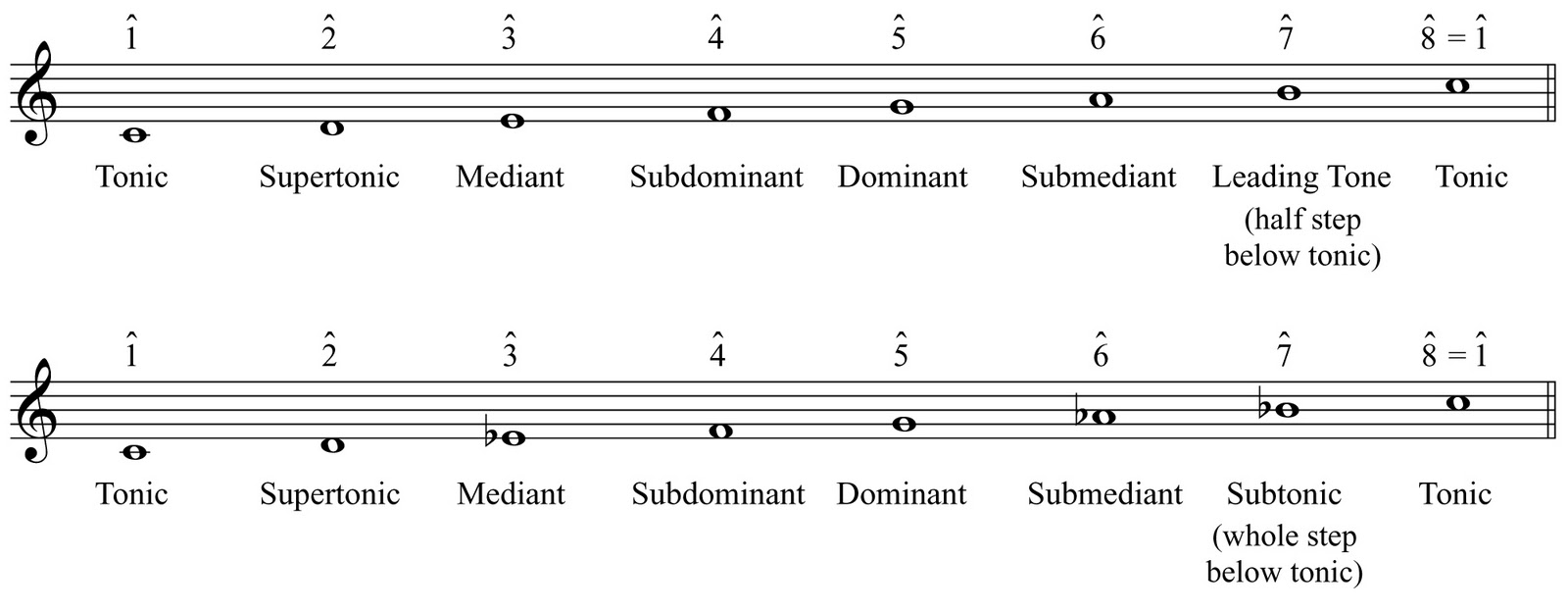

It's important, too, to visualise scales on your instrument + on the staves (both treble and bass staves) + on a piano keyboard. It's a basic skill that benefits to every musician.

My opinion, is that the best way to remember it is by playing and playing again your scales. The Austrian composer Franz Schubert chose. There are some simple techniques to remember how many flats (or sharps) correspond to which scale. Specifically, the black keys G, A, B, D, E correspond to the five notes of the G flat pentatonic scale. Those are the same pitches, but with different names, nothing special other than that.Īs you will see, we will construct, for example, the C♭ scale : same pitches as B scale, so the C♭ scale is not common. You will notice that, for example, we will construct the scale of D♭, and the scale of C♯. The second part deals with scales that need flats (♭) to be constructed, sorted by number of flats (from 1 flat to 7 flats) The first part deals with scales that need sharps (♯) to be constructed, sorted by number of sharps (from 1 sharp to 7 sharps) (using the same recipe, that is the last column we used for C major scale and D major scale) See this post for details. We will construct all usual major scales. The Deceptive Cadence with ♭\(\left.\text\)=5.) As you descend in fifths (counterclockwise), key signatures get one degree “flatter.Now that you know almost everything about Accidentals, it's about time we reach the next level!.Harmonization of Borrowed Scale Degrees.Secondary Diminished Chords in Major and Minor.Irregular Resolutions of Secondary Chords.The Subtonic VII Chord in Popular Music.Exceptions Created by Harmonic Sequences.Shorter Progressions from the Circle of Fifths.9 Harmonic Progression and Harmonic Function.Roman Numerals of Diatonic Seventh Chords.How to Write Perfect, Major, and Minor Intervals.How to Identify Perfect, Major, and Minor Intervals.


 0 kommentar(er)
0 kommentar(er)
